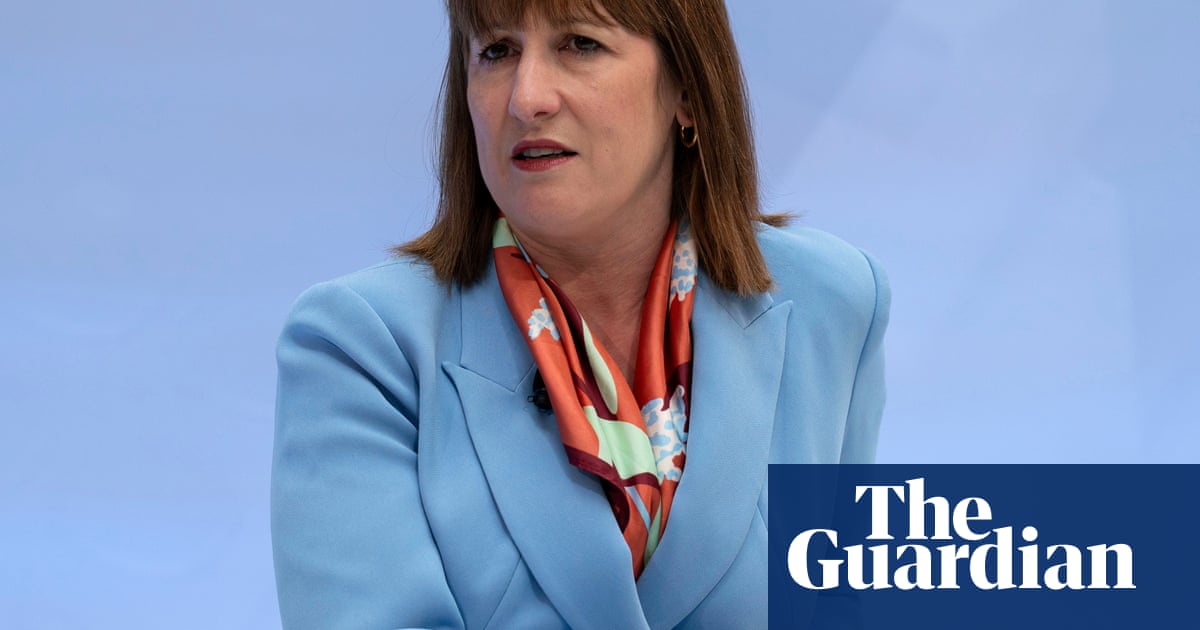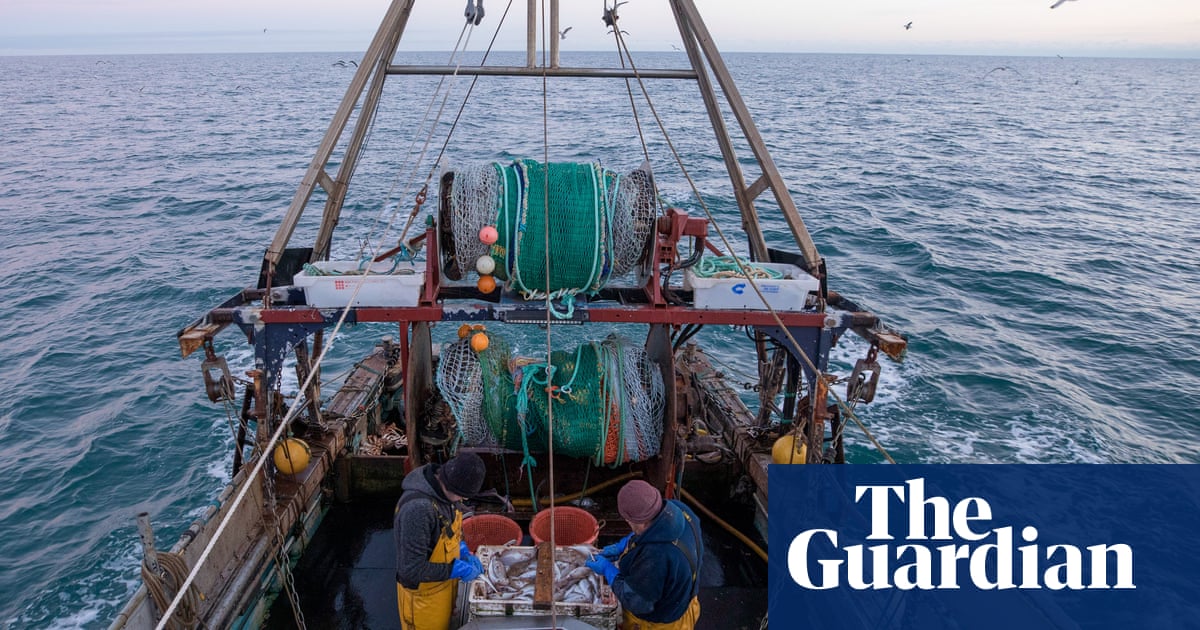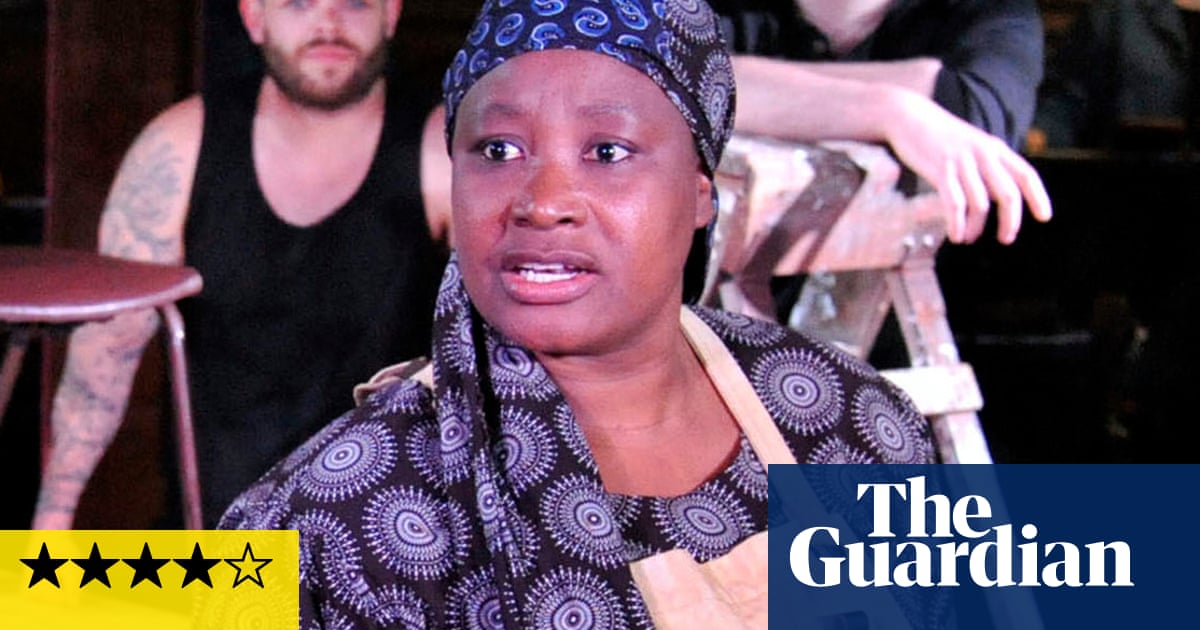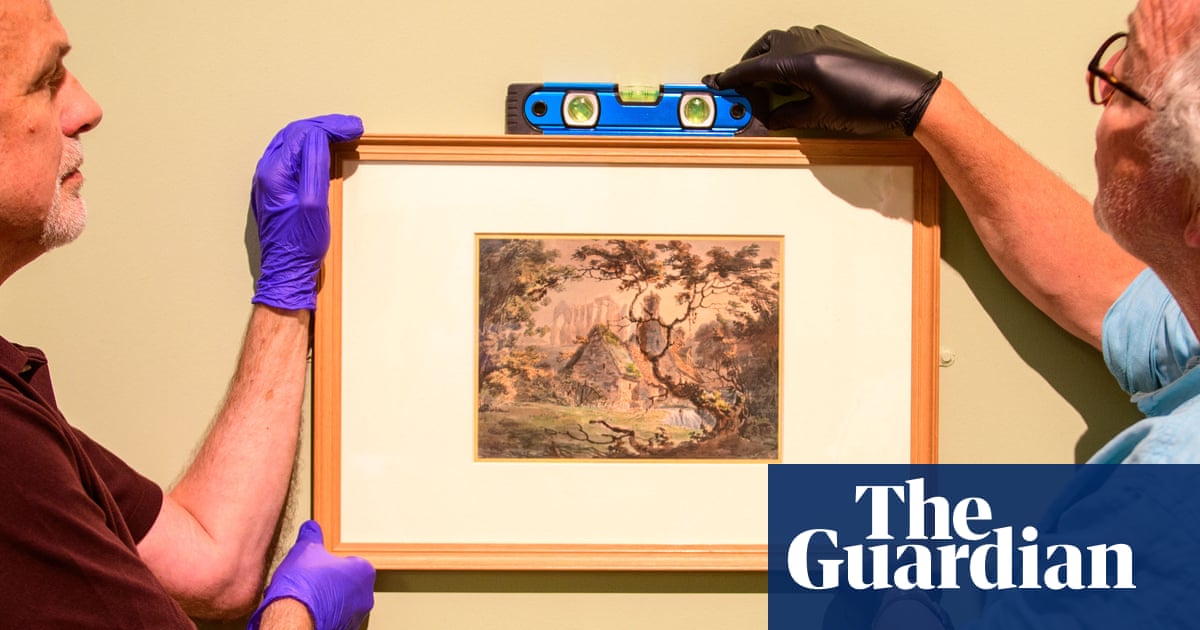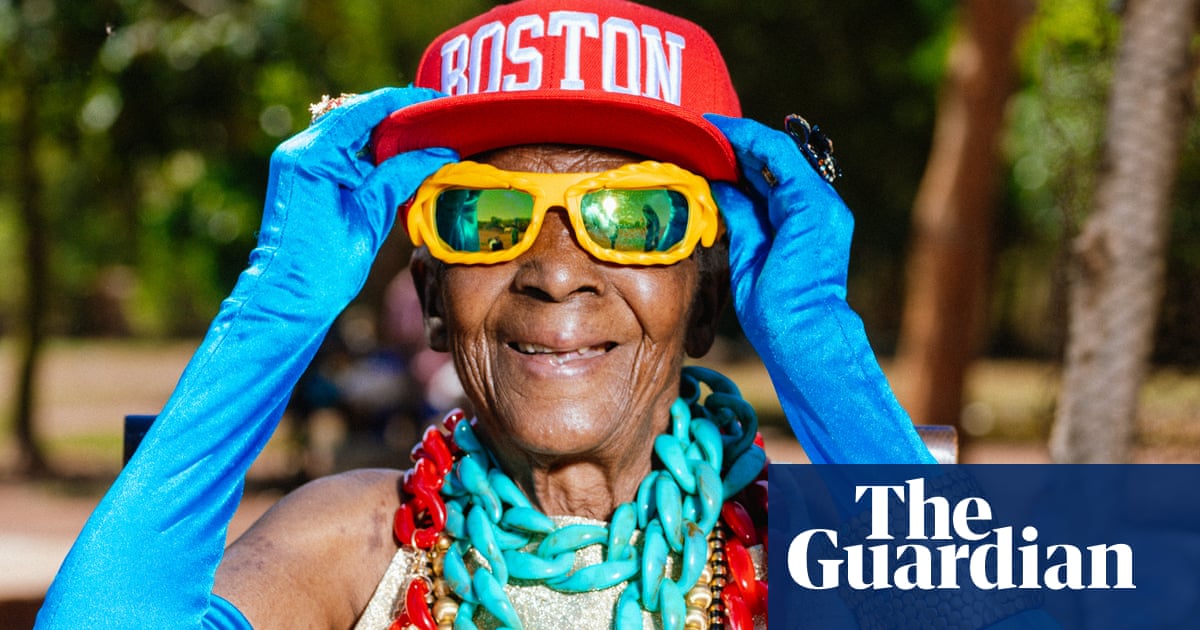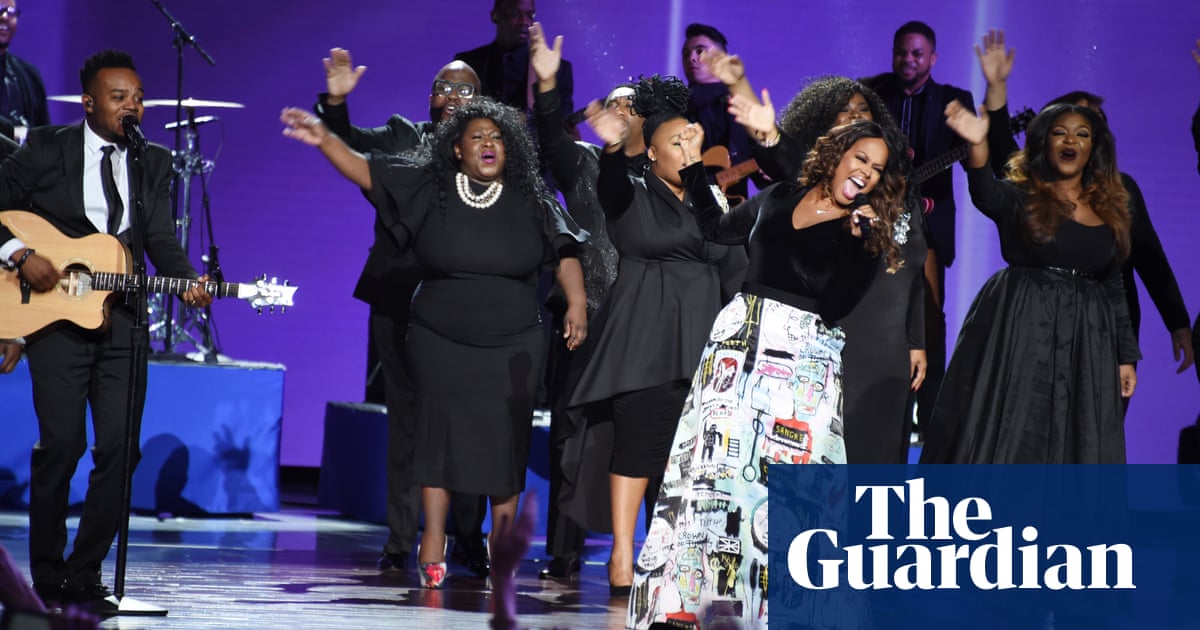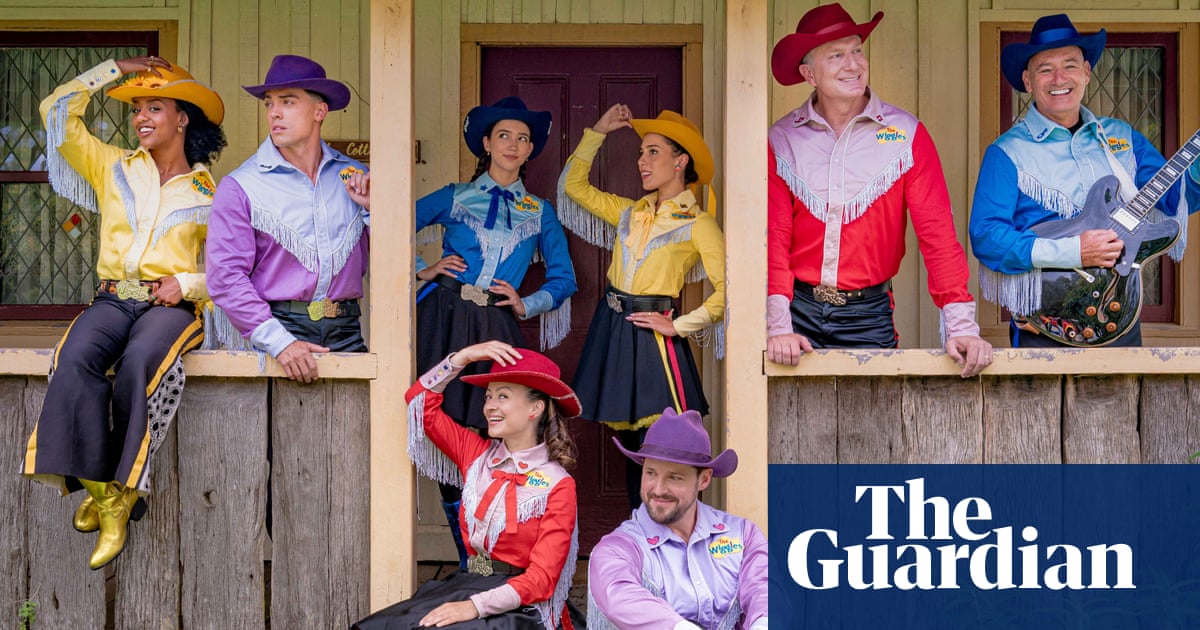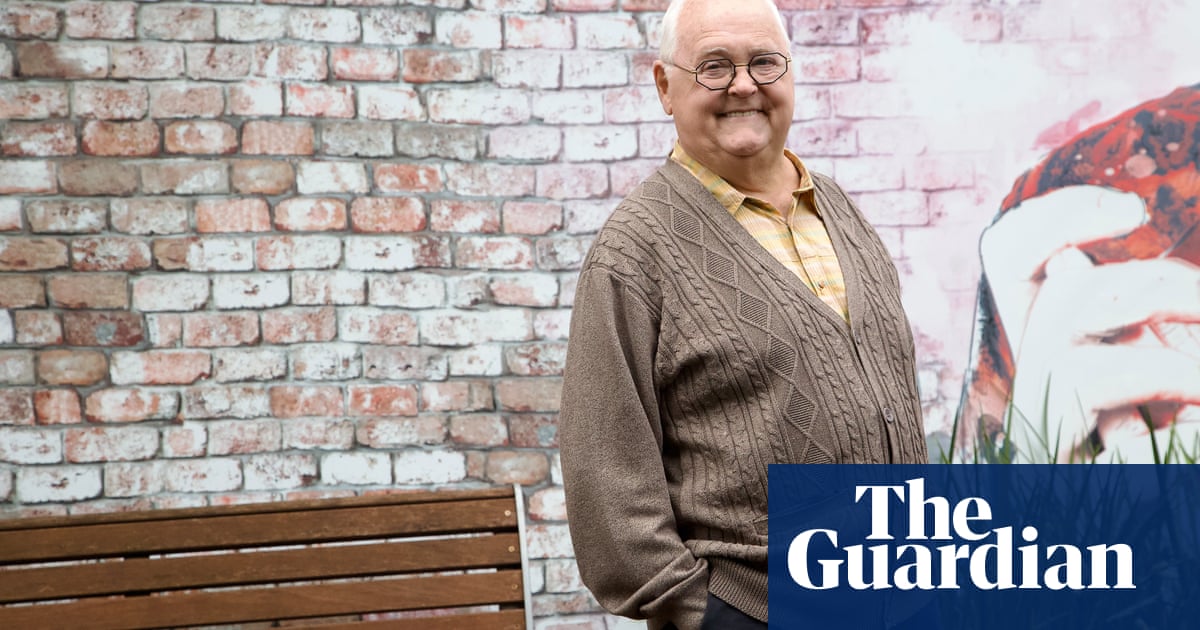Standing amid the ruins of Success, a former sugar plantation in Hanover, rural Jamaica, there is a muted silence, interrupted by the occasional rumble of a vehicle passing, overripe cocoa pods falling to the ground and green iguanas scuttling across dying leaves on the estate floor.
Hidden from the lively community just outside its boundaries, the overgrown site today is a stark contrast to what would have existed there more than a century ago. One of more than 800 sugar plantations across the island, Success was once co-owned by Sir George Philips, one of the 11 men who financed the launch of the Manchester Guardian in 1821.

-
A brick likely to have been used in the construction of a building on the sprawling estate
The evidence of the plantation’s existence is slowly fading. And with it, memory of the horrors experienced by the enslaved Africans who were held there, toiling under the threat of unimaginable brutality to enrich individual enslavers, and the coffers of the British empire.
All that remains are crumbling structures, potentially hiding what the Jamaican archaeologist Dr Ivor Conolley believes may be a treasure trove of artefacts and monuments that could tell a story about Jamaica and Britain’s history of colonisation and enslavement.

-
Lascelles Bailey, a local custodian of oral tradition, at the Success plantation site

-
Dr Ivor Conolley, archaeologist
During a visit with the Guardian, Conolley and Lascelles Bailey, a local custodian of oral tradition, identify what could be the remnants of a windmill, a sprawling and lavishly decorated great house, a septic tank and two huge water tanks.
Conolley points out some extraordinary features of what might have been the plantation great house, which may indicate the wealth of the owners. “It was quite a massive house. It’s built along the hillside, which means that it’s a split-level building. Of course, it’s bushed up here now, so it’s hard to see all the features, but it’s certainly a huge building, and attractive as well, because you have … circular pillars made from stone that measure a good 3ft in diameter,” he says.
The connections between Success and the Guardian, uncovered by independent researchers from the Wilberforce Institute at the University of Hull, also showed that the Guardian had several other links to slavery through Manchester’s cotton industry, which relied on raw cotton produced by enslaved people in the Americas.

-
Illustration of George Philips
In response, the Legacies of Enslavement Programme was launched in 2023. It has been working with people in Hanover to understand the lingering impacts of slavery and determine what an effective restorative justice programme should look like.
The initiative has been welcomed by some local people such as Bailey, who has always felt a strong connection to his enslaved ancestors. The Success plantation site, he believes, is a sacred space that is still alive with an oppressive trauma that continues to torment the spirits of the enslaved.
“This is not a site you should take lightly; it is not a normal place,” he says, describing how visitors have fled after being affected by the spirits and how he has had visions of the enslaved people.
“I used to be down there late at night, raising cows … and find myself in a different world. If you’re afraid, you can’t stay there. I’ve seen what the slaves were doing … grinding the sugarcane. I saw the backra master [plantation owner] with his helmet on … This was a real thing.”
For Bailey, who has been trying to protect the oral history passed down by his foreparents, the stark reminders of enslavement persist. The area where he lives, near the estate, is called Village, a name Conolley believes derives from “slave village”, where enslaved people would reside on a plantation.
One form of respite from plantation life was church, and research has uncovered that some of those enslaved on Success formed part of a congregation at Gurney’s Mount.
About 3 miles from the plantation, in Cold Spring (the name of another former plantation), Gurney’s Mount Baptist church is perched on the mountain overlooking lush, green valleys dotted with houses, schools and shops.

-
Gurney’s Mount Baptist church

-
Samuel Sharpe, a Baptist deacon and leader of a rebellion by enslaved people in 1831-32
According to the researcher Dr Cassandra Gooptar, the church was involved in the pivotal 1831 revolt led by the Black Baptist deacon Samuel Sharpe, described as the largest revolt by enslaved people in the British Caribbean. Popularly known as the Christmas uprising or Baptist war, it has also been touted as a catalyst for the abolition of slavery across the British empire.
“What led me to Gurney’s Mount Baptist church was research on the enslaved people of Success estate. Its congregation members in the 1800s consisted of some people from the estate, with historical accounts of the Christmas uprising suggesting that a man named Granville, who was enslaved on Success plantation and a member of that very church, was a freedom fighter who was likely executed for his role in the uprising,” Gooptar says.
The church is a “poignant example that slavery is not an abstract thought dominated by dry statistics, but rather a living memory with legacies that can be seen everywhere in the Caribbean”, she adds.
For Deacon Beryl Brown, a former teacher and church leader, Gurney’s Mount is still a monument of the resistance and resilience that led to the abolition of slavery, and protecting historical elements – such as the “freedom stone” that was built into its structure to commemorate the end of slavery – is important. She wants to restore the stone’s fading inscription, an important reminder, she says, of what Jamaica’s Emancipation Day on 1 August 1838 signifies.
Brown believes it is important to remember what happened to enslaved people who were kidnapped, shackled, dehumanised, and bullied into silence and submission. Even in the years after the trade was abolished, there were generations of people born into slavery, arriving into the world as someone else’s so-called property. “We want to know where we are coming from, so we can take a stock of where we are now and decide where we want to go,” she says.
Community engagement in Jamaica, including in Village and the church, has been critical to the Guardian’s Legacies of Enslavement Programme, according to its programme director, Ebony Riddell Bamber.
“Building relationships here and understanding local people’s priorities is integral to the work. From the conversations we’ve had so far, I would say there is a general sense that people feel left behind. This probably isn’t unique to this area, but probably a common issue faced by remote, rural communities across the island,” she says.

-
‘We want to know where we are coming from,’ says Deacon Beryl Brown, the leader of Gurney’s Mount church in Hanover
“People want to see better-equipped schools, improved roads, better internet connectivity, access to an adequate supply of safe water, job opportunities – basic requirements for people to live decent lives and provide for the health and wellbeing of their families.
“Even though we can’t deal with all of those things, the programme coming into the community and showing an interest – talking about the research we have uncovered into people’s forebears and asking about what priorities people have for restorative justice – is welcome.”
For Sonjah Stanley Niaah, the director of the University of the West Indies’ Centre for Reparations Research, the legacies of three centuries of enslavement in Jamaica is particularly apparent in small rural communities.
“Kinship and association denied, entrepreneurial endeavours denied, education denied, developmental progress denied – whether personal, collective, spiritual or cultural, economic or social, these challenges remain for descendants of former enslaved [people], and thus the reparations movement is interested in a development plan that is multigenerational,” she says.

-
The ‘freedom stone’ was built into the structure of Gurney’s Mount Baptist church in Hanover to mark Emancipation Day in Jamaica, 1838
According to Stanley Niaah, the movement for repair must include “intergenerational development planning”. She says this should be targeted at the “superficial transformation in communities from the days of the plantation to now”, noting the lack of access to reliable running water and high-quality education in some areas.
For the congregation in Gurney’s Mount church, however, it has been empowering to learn more about their history and the ancestors who fought for their freedom.
Dawnette Grinion Grant says it has helped her feel more connected with ancestors who were fighting for a better life and who set the foundation for people in their community to excel.
Another congregation member, DeAngelo Scott, agrees: “The new generation needs to know about their past and to be inspired by it. They could see that our ancestors went through some serious challenges and they pushed through. It tells us that we can push through too.”
Younger members of the congregation, such as 10-year-old Kara Warburton, are also keen to know more about their history. “I want to know about my past and my ancestors. It’s good to know about what happened before you came and why you are here,” she says.

.png) 1 month ago
25
1 month ago
25



